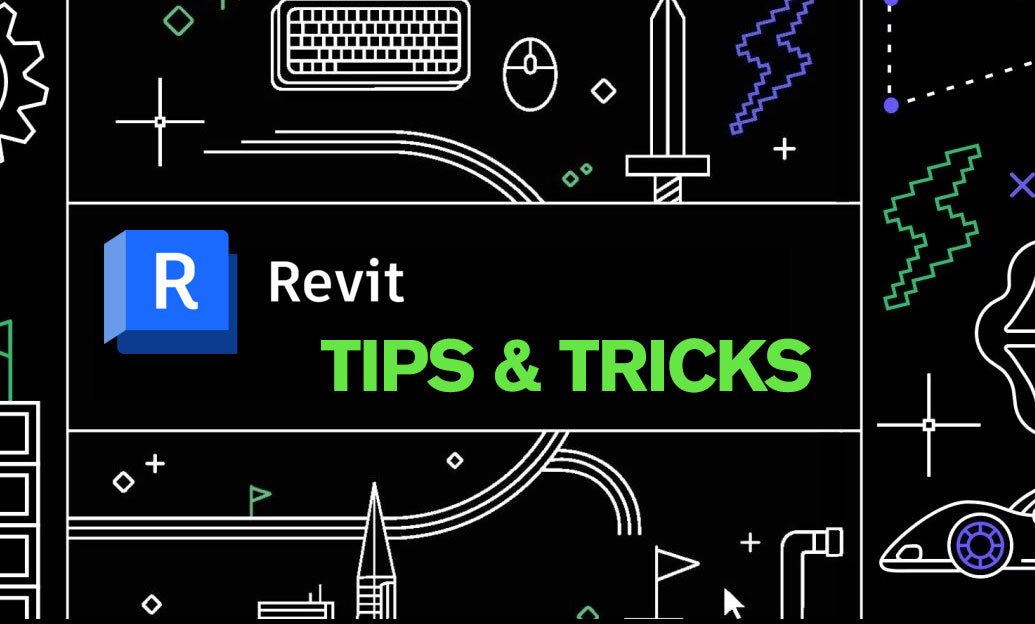Your Cart is Empty
Creating realistic 3D character animation has always been a pinnacle task for digital artists and animators around the globe. The quest for realism drives the continuous development and enhancement of digital tools, making VRay a cornerstone in this evolution. VRay offers an array of sophisticated features that bring animated characters to life, pushing the boundaries of what can be achieved in digital environments.
VRay Skin Material for Realistic Human Skin
VRay Skin Material stands out for its remarkable ability to create lifelike skin textures and tones. This feature provides an extensive palette of options to mimic human skin's unique properties, including its color variations and translucency. By leveraging subsurface scattering, artists can adjust the way light penetrates the skin, ensuring a natural and realistic appearance.
- Exploration of texture maps to define skin specifics
- Adjustment of specular highlights to represent skin moisture
VRay Hair Material for Dynamic Hair Simulation
Similarly, VRay Hair Material affords an opportunity to simulate dynamic and realistic hair movement and textures. The capability to fine-tune the material properties lets animators create a wide range of hair types, from silky smooth to coarse and curly, each with its unique reflection and refraction characteristics.
- Utilizing hair and fur modifiers for natural flow and density
- Customizing color variations for added realism
Advanced Ray Tracing for Natural Shadow and Light
At the heart of photorealistic animation lies advanced ray tracing, a crucial element in rendering natural shadows and light. This technique calculates the color of pixels by tracing the path that light might take as it interacts with objects. The meticulous configuration of VRay settings for shadow and light rendering significantly impacts the mood and authenticity of character animations, enhancing their believability.
GPU Rendering for Faster Animation Previews
The advent of GPU rendering has marked a significant shift in animation preview and rendering speeds. Unlike traditional CPU rendering, GPU rendering utilizes the power of the graphics processing unit, offering a considerable speed advantage. This acceleration is crucial for animators who rely on fast iterations and previews to refine their work, ensuring an efficient and enhanced animation workflow.
VRay Fur for Detailed Textiles and Fur
VRay Fur adds another layer of realism to 3D animation by enabling the creation of detailed textiles and fur. This tool is instrumental in producing realistic-looking fur, hair, grass, and other fibrous textures. Adjusting render settings allows for the production of high-quality outputs that are both realistic and visually appealing, crucial for characters that demand a high level of detail and realism.
Conclusion
In conclusion, the integration of VRay tools in 3D character animation has ushered in a new era of realism and detail. From the creation of lifelike human skin and dynamic hair to the simulation of natural light and shadow, these tools offer unmatched capability in the realm of digital animation. As technology continues to evolve, so too will the possibilities for animators to create ever more convincing and engaging animations using VRay technology.







